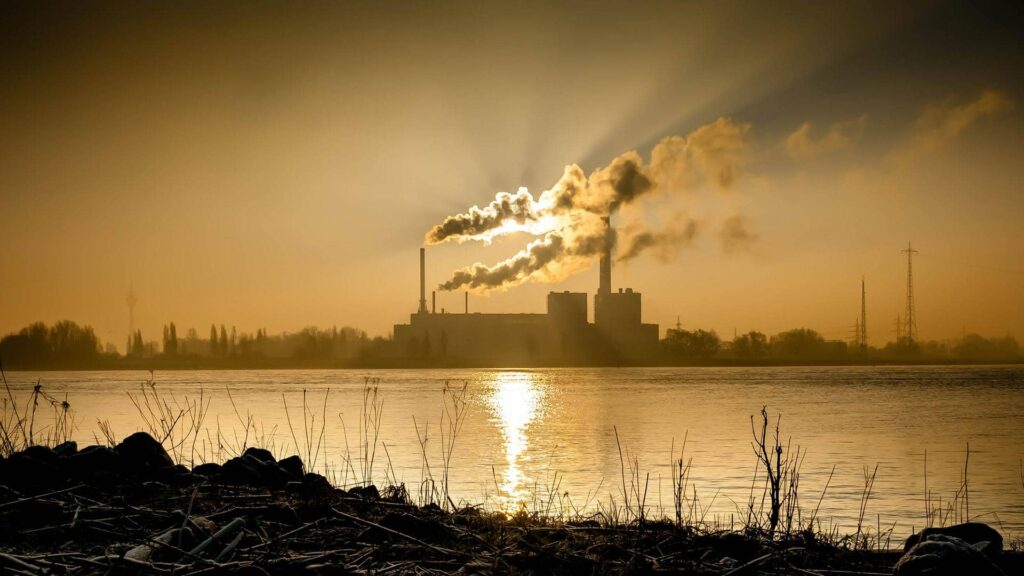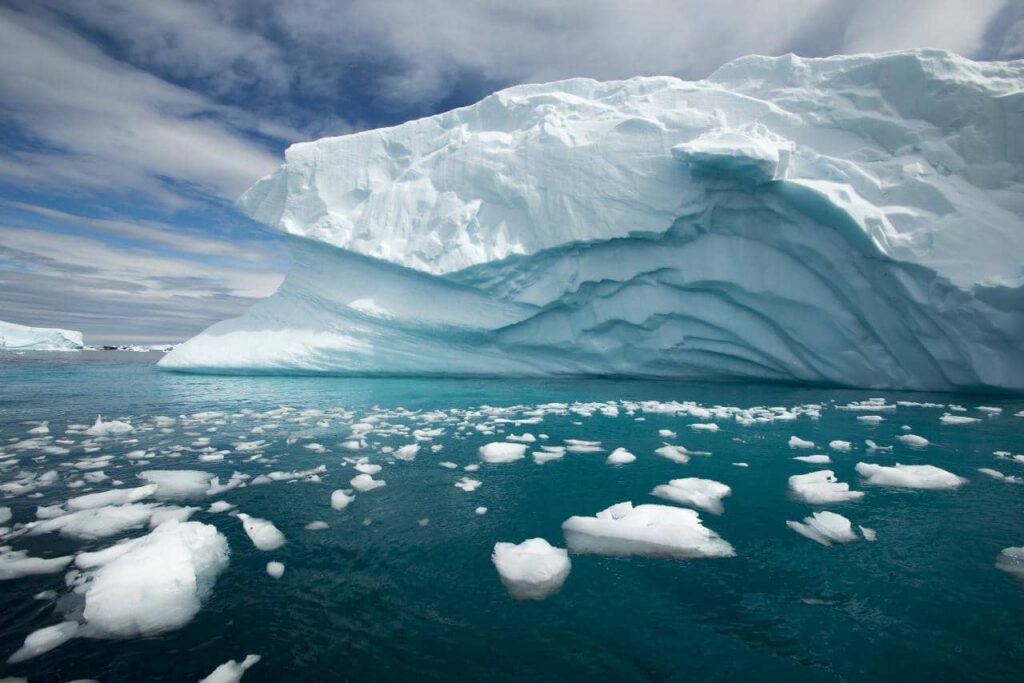The Curious Case of Increase in Greenhouse Gas Emissions Post 2020 – Demystified!

March 2020 saw the world coming to a halt, with the World Health Organization declaring the Covid-19 a global pandemic. This led to a drastic reduction in human activity and much of the world going into (what we’re all familiar with by now) – a lockdown.
The major pollution contributors such as – fuel combustion from motor vehicles, industrial facilities including manufacturing factories and mines, stopped their operation and flights were grounded.
These sudden changes had a profound impact on global warming and carbon emissions supported by the findings of the Global Carbon Project which projected a 7 percent decline in CO2 emissions. 2020 marks itself as the first year seeing a clear fall in C02 levels on a global level following the financial crisis of 2008 – when a 1.3 percent drop was recorded.

Despite this watershed drop, it is safe to say that this reduction in carbon emissions will not have any substantial impact on climate change in the long run. Although the immediate results of a lockdown seem pretty good in terms of environmental sustainability, shutting down a world economy (as impractical as it sounds) will bring nothing but more problems to deal with in the future.
The carbon emissions which had dramatically dropped in the first half of 2020 seem to have picked up pace and are now steadily rising as countries try to overcome the financial losses suffered by them in the first phase of the pandemic.
The rise in carbon emissions is mainly due to coal generation demand in Asia, more than half of which comes from China. Many of the economies across the world follow the traditional pattern of a coal-fired electricity generation plan which eventually led to the warming up of the planet, commonly known as global warming.

China is a country that is a coal-based economy that continues to thrive despite the many challenges it faces from other developing countries around the world. Part of the reason for its booming economy, even during such trying times, is associated with the stringent measures taken by the government during early COVID-19 lockdowns which helped curb the spread of COVID-19 in the country.
So while the other nations try to get a grip of the health crisis they are facing along with a deteriorating economy, China has already started moving towards the recovery of losses they suffered last year.
Their move towards relaxing the COVID-19 lockdowns is correlated with the increase in total CO2 emissions. The release of climate-warming carbon dioxide emissions by the country rose by 9 % within the first three months of 2021 as compared to the figures before the pandemic. China is concentrating on following a carbon-intensive economic recovery with big inflations in steel and cement productions.
Even though the nation follows a carbon-based development approach, it continues to increase its renewable energy capacity and bases its future projects on its pledge of cutting coal consumption which is the biggest contributor to carbon emissions after 2025. Although China is not obliged to make huge cuts in its carbon emissions considering its lower greenhouse gas levels in the past, the current trend seems alarming for a global environmental impact.

In the 21st century, when renewable energy is growing at a fast pace and is most definitely a better and more sustainable option, China’s decision to continue to use coal in such huge quantities to meet its economic goals is questionable. China’s commitment to becoming carbon neutral by 2060 will not help the world if the rise in sea levels due to the melting of polar ice caps (as a result of global warming) is deemed irreversible.
The choices that we make today with regards to greenhouse gas emissions will determine the future of coastline cities like Shanghai and New York which are global financial hubs. Using technological fixes to return to normal temperatures in the future may sound like a promising deal, it is highly unrealistic in today’s time and age and provides an illusory comfort for our present actions, which will not only cause grave environmental damage but also huge financial losses to a global economy.
We need strong climate action by not just individuals but also institutions and businesses alike, along with systematic economic changes which are attuned with the needs of the environment and the world population, thus promoting good health and equitable welfare of all parties involved.
Written By – Sakshi Shah
Edited By – Sanjana Dey
The post The Curious Case of Increase in Greenhouse Gas Emissions Post 2020 – Demystified! appeared first on The Economic Transcript.





